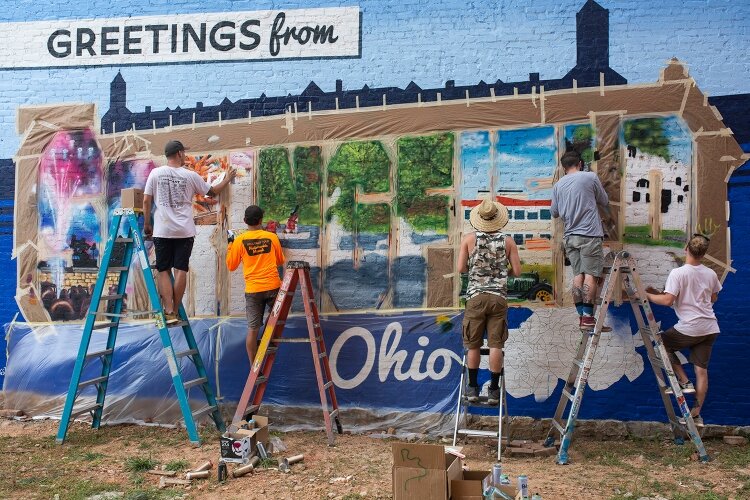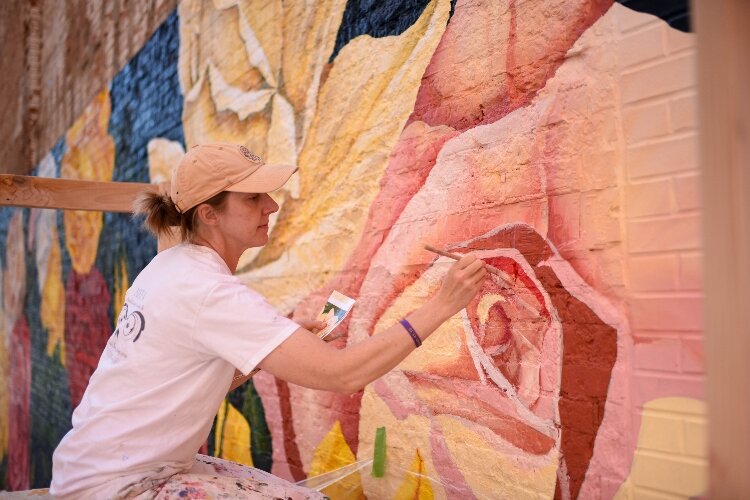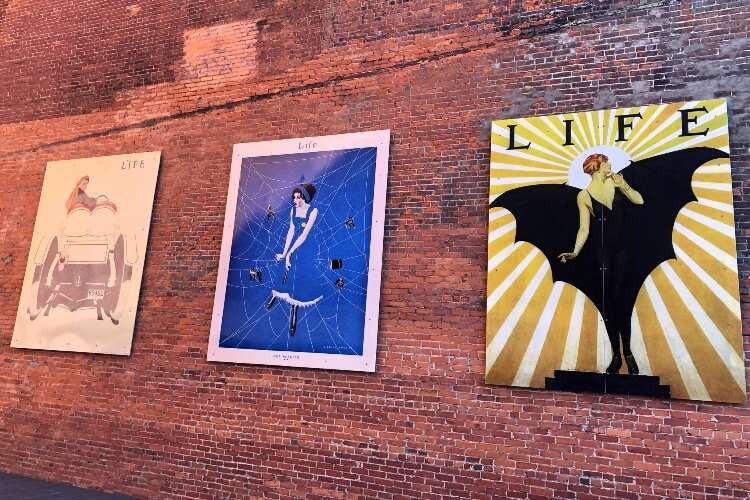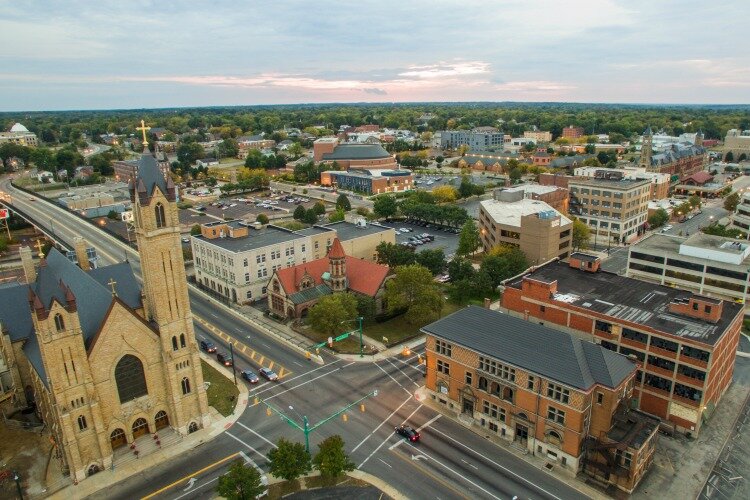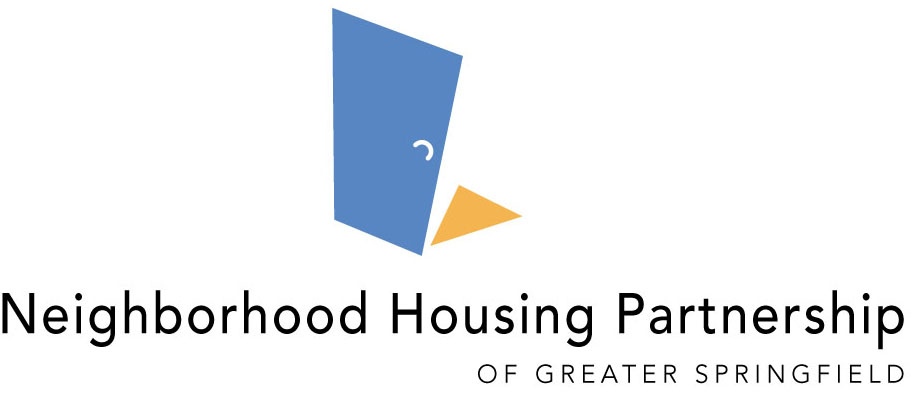Murals and public art help establish memorable locations throughout downtown
Public art has started to become a staple of Springfield's downtown atmosphere. The murals and art installations tell stories of Springfield's rich history.
A shared identity and an increased sense of community.
World-class art, available and free to all.
A creative and inspiring bright spot, lifting passers-by from an otherwise predictable daily commute.
The same things that make public art valuable in “normal” life remain just as valuable in these days of the COVID-19 pandemic, and perhaps, even more so. Even when city streets appear empty compared to pre-coronavirus days – with quiet neighborhoods and shopping districts stilled by stay-at-home orders, shuttered businesses, and social distancing – the public art throughout downtown Springfield stands tall, providing a shot of energy to those who see it.
“We believe and know that art can make the heaviest days lighter,” says Lauren Houser, director of Project Jericho, a non-profit organization that brings hands-on performance and visual arts experiences to local children and their families.
While the main thrust of the organization is in providing art camps and workshops to at-risk children, Project Jericho has consistently dabbled in public art projects since 2008, when it led the Second Harvest Food Bank mural. Other projects that the organization has spearheaded include murals on the Springfield Family YMCA and the Clark County Solid Waste District buildings.
A planned project in a southside park has been delayed because of the coronavirus.
Most recently, Project Jericho completed the Rose City mural, a colorful array of roses aside the Starrett and Fried building downtown. Like the 2017 mural on the Clark County Solid Waste District building before it, the Rose City mural was painted by Colorado-based artist Mariah Kaminsky and a cohort of about two dozen Project Jericho students.
The students not only helped Kaminsky paint the mural, but also in every facet along the way – from priming the wall to planning the celebration. Houser says that involving the students gives them a sense of ownership of the mural. Though she says that public art projects are just the tip of the iceberg for the organization, the projects allow the group to balance big projects for the community while providing an intimate experience for the students.
“Look at your favorite spaces. When art is a part of that space, it adds value to the place. It brings people together and connects people. It’s important to prioritize having art in the center of our community, where it’s accessible to all,” Houser says.
“I love the way it unites people. We’re fortunate to have community and civic leaders that believe that art belongs in the revitalization of downtown.”
One of those community leaders is Chris Schutte, vice president of destination marketing and communications for the Greater Springfield Convention & Visitors Bureau (CVB). The CVB, along with the Springfield public art committee and the Turner Foundation, is responsible for the art installation on North Fountain Avenue that features the work of Springfield native C. Coles Phillips.
The illustrations represent an increased emphasis on public art for the city.
“We have taken a lot of benchmarking trips to places like Columbus, Indiana, and Pensacola, Florida. There’s always a commonality, and it’s public art throughout the downtowns,” Schutte says.
“It could be murals or sculptures or even figurative bike racks. There’s a common thread through the communities that have a vitality to them, and it’s public art.”
Marta Wojcik is executive director and curator for Frank Lloyd Wright’s Westcott House and a member of the public art committee. She’s a strong proponent of using public art as placemaking. Projects like the Rose City mural and the C. Coles Phillips illustrations, which recognize aspects of Springfield’s rich history, instill a sense of identity and hometown pride, she says.
Even smaller projects, like the downtown utility boxes that have been wrapped with art prints, can add to the vitality of downtown.
“Wrapping the utility boxes, it’s a subtle way to brighten something that people don’t think about too often. Many of them are quite whimsical and from some local artists,” Wojcik says.
“The utility boxes, they’re not meant to be highlighted, they’re meant to blend in. All of a sudden, they provide a pop of color. It can be uplifting, provocative.
“And with COVID-19, we’ll take any way we can to bring some vibrancy to our community.”
Artists Victor Ving and Lisa Beggs make it their living to bring vibrancy to communities across the country. Locally, the duo was brought in to paint the Greetings from Springfield mural on North Fountain Avenue. Ving and Beggs have painted more than 40 such murals across 20 states as part of their Greetings Tour.
The Greetings murals are done in the style of classic postcards, the big block letters spelling out a community’s name, while its landmarks are illustrated throughout. Their work gives the murals a sense of destination, providing communities a place ripe for selfies from locals and tourists alike.
Ving and Beggs have lived out of their Greetings Tour RV since 2015, criss-crossing the nation from project to project. The goal is to paint a Greetings mural in each of the 50 states. That goal has been put on hold as a result of the COVID-19 pandemic.
“When I travel, I see a lot of colorful murals all over. They give a sense of human presence there,” Ving says. “It demonstrates the culture of the city.”
Responsible for bringing Ving and Beggs to the city was the Springfield Foundation. The organization put out surveys asking just which local landmarks should be included in the postcard-inspired mural.
What resulted is a colorful piece of artwork that features such notable Springfield sites as the Symphony in the Park, the Farmers Market, Buck Creek State Park, the Westcott House, Hartman Rock Garden, and the Heritage Center – and also roses and a crow.
“We couldn’t design this without public engagement. This is public art. You can’t do public art without the public,” says Victoria Richards, director of development for the Springfield Foundation.
Though the coronavirus has forced businesses and cultural institutions to temporarily shut down, the public art of downtown Springfield remains open. You can’t close the doors on public art.
“Public art is great because it gives everyone in the community the opportunity to enjoy it. There are no barriers to entry,” Richards says.
“You can come downtown and see art without having to go to a museum.
“This is accessible to everyone.”


